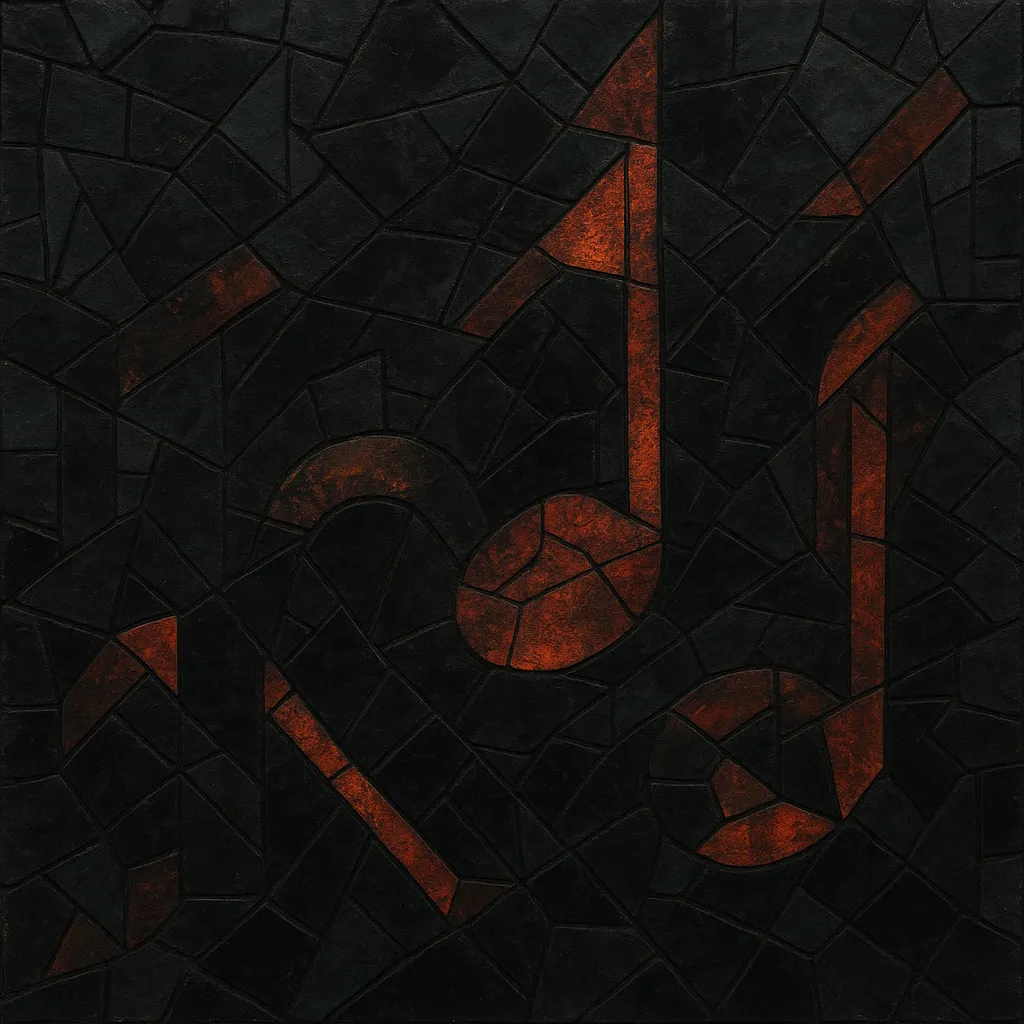Midtempo bass is a strain of electronic bass music centered around a 80–110 BPM half-time pulse, most commonly hovering near 100 BPM. It emphasizes gritty, distorted mid‑range bass design, industrial textures, and hypnotic, minimalist grooves rather than maximalist rhythmic density.
Stylistically, it fuses the drive and sound-design heft of dubstep with the swagger of electro house and the stark, mechanical atmospheres of industrial/EBM and darksynth. Tracks often use minor-mode harmony, cinematic suspense, and a slow-lurching “head-nod” feel, creating a dark, dramatic mood suited to both club and festival stages.
Midtempo bass coalesced from a set of overlapping scenes: the French electro lineage (e.g., Justice, Gesaffelstein) that favored slower, punishing grooves around 100–110 BPM; the sound-design advances of dubstep and electro house; and the harsher, mechanized aesthetics of industrial/EBM and darksynth. These ingredients set the stage for a more deliberately paced but heavy bass style that prized mid‑range bite over sub-only emphasis.
In the mid-to-late 2010s, producers like REZZ helped codify the style’s identity—slower tempos, hypnotic two‑bar bass ostinatos, and a stark, cinematic mood. Around the same time, artists such as 1788-L, Deathpact, Shadient, and LICK brought a futurist, cyber‑industrial edge, cementing the label “midtempo” or “midtempo bass” in festival lineups and playlists.
As the sound moved through North American festival circuits and online bass communities, its palette broadened: modular‑tinged distortion chains, comb‑filtered reese layers, and halftime drum programming became common. The genre’s slower tempo made it adaptable—DJs could bridge between house/techno and dubstep, while producers leaned into cinematic builds and aggressive, syncopated drops. By the early 2020s, midtempo bass was an established option for dark, high‑impact sets, with a recognizable mood and toolkit even as artists blurred boundaries with techno, electro, and bass music.


